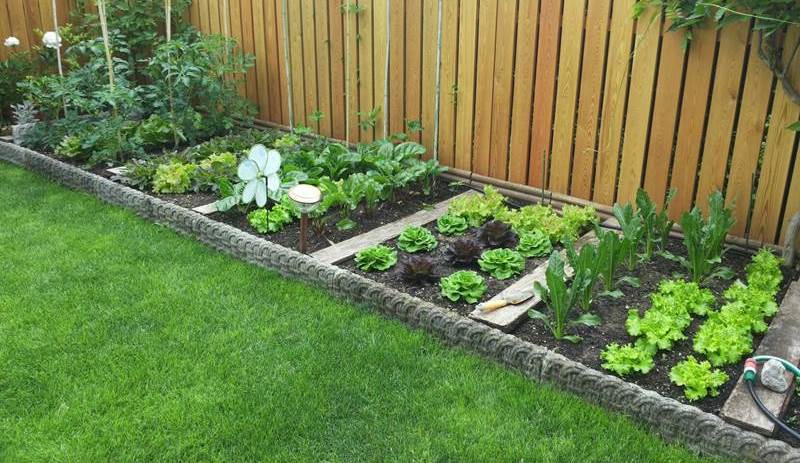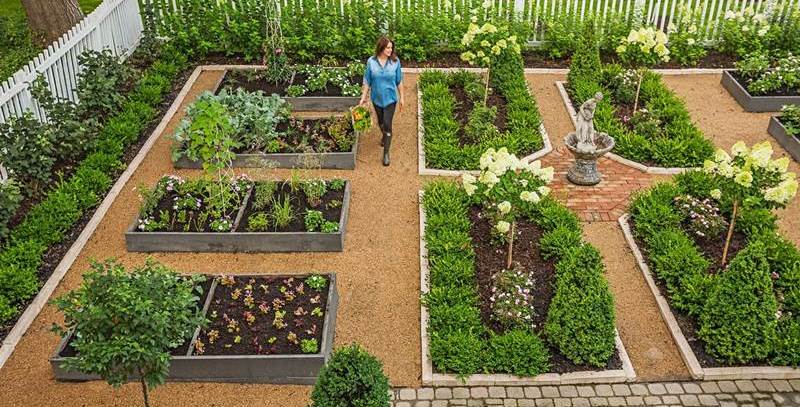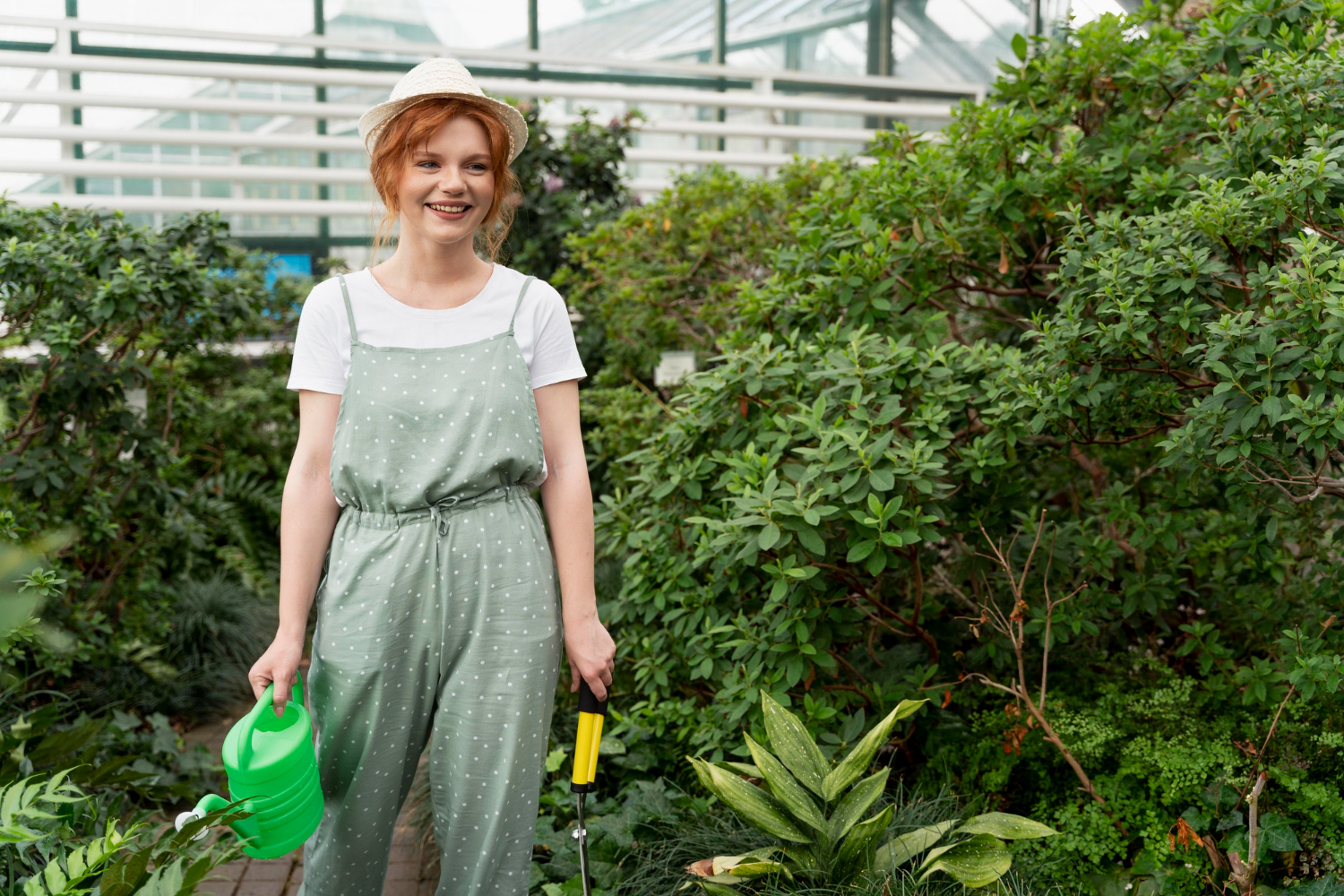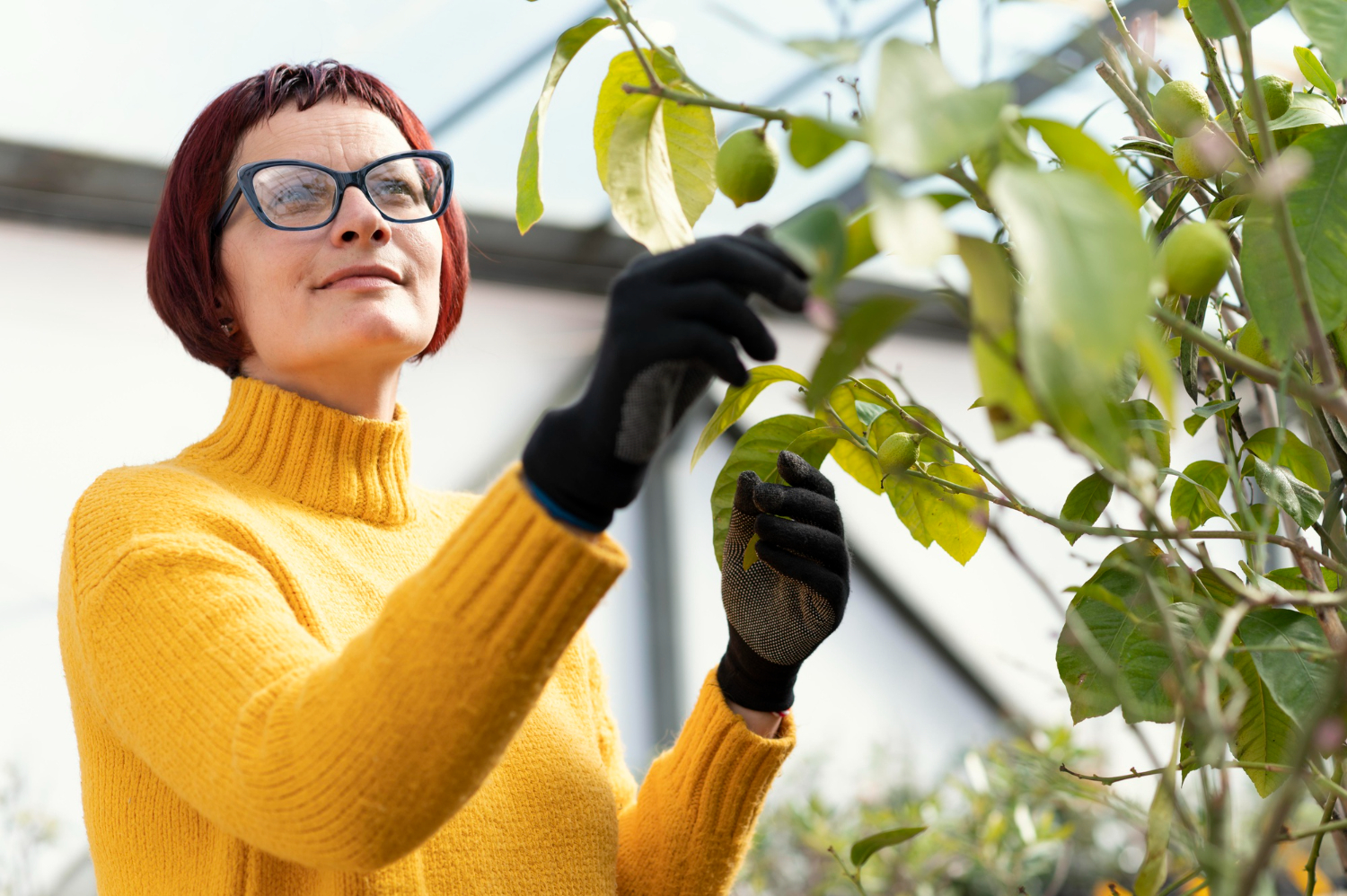Creating a garden is a rewarding endeavor that requires careful planning and consideration. Whether you're a seasoned gardener or a novice, understanding how to select the perfect location and choose the right plants is crucial for a successful garden. Here's a guide to help you design a garden that thrives and brings joy throughout the seasons.
Choosing the Perfect Place for Your Garden
Assess Sunlight Exposure
- Full Sun: Most vegetables and flowering plants need at least 6-8 hours of direct sunlight each day. Observe your garden space throughout the day to determine which areas receive full sun.
- Partial Shade: Areas that get 4-6 hours of sunlight or dappled light are suitable for plants that tolerate less sun. Shade-loving plants like hostas and ferns thrive here.
- Full Shade: For spots with less than 4 hours of direct sunlight, choose plants that are adapted to low-light conditions, such as certain types of ivy and shade-tolerant ferns.
Evaluate Soil Quality
- Soil Testing: Conduct a soil test to determine pH levels and nutrient content. Most plants prefer slightly acidic to neutral soil (pH 6-7).
- Soil Drainage: Ensure your garden has well-drained soil. Heavy clay soils can be amended with organic matter to improve drainage, while sandy soils may need additional compost to retain moisture.
Consider Water Access
- Proximity to Water Source: Position your garden near a water source or plan an irrigation system. Consistent watering is essential for plant health, especially during dry spells.
Understand Microclimates
- Wind Exposure: Gardens in windy areas may need windbreaks or sheltered spots. High winds can damage plants and dry out the soil quickly.
- Temperature Variations: Some areas may have microclimates with varying temperatures. For instance, south-facing slopes often receive more warmth and can extend the growing season.
Accessibility and Maintenance
- Ease of Access: Design your garden layout to ensure easy access for planting, weeding, and harvesting. Pathways and raised beds can make maintenance more manageable.
- Tool Storage: Plan for convenient storage of gardening tools and supplies.
Selecting the Right Plants
Know Your Growing Zone

- Hardiness Zones: Research your USDA hardiness zone to understand which plants are suited to your local climate. This will help you choose plants that can survive the winter temperatures in your region.
Match Plants to Conditions
- Sun Requirements: Choose plants based on their sunlight needs. For full sun, consider tomatoes, peppers, and sunflowers. For shaded areas, look at plants like hostas, astilbes, and certain ferns.
- Soil Type: Select plants that match your soil conditions. For example, lavender prefers well-drained soil, while astilbes thrive in moist, rich soil.
Plan for Seasonal Interest
- Year-Round Beauty: Incorporate a mix of plants that offer visual interest throughout the year. Consider evergreen shrubs for winter interest, spring bulbs for early color, summer perennials for a burst of blooms, and autumn foliage plants for fall color.
Consider Plant Size and Growth Habits
- Space Requirements: Ensure you understand the mature size of the plants you choose. Space them appropriately to avoid overcrowding, which can lead to disease and poor growth.
- Growth Habits: Some plants spread aggressively, while others are more contained. Choose according to your garden’s space and the level of maintenance you’re willing to commit to.
Think About Purpose
- Functional Plants: Consider what you want from your garden. Do you want a vegetable garden, a pollinator-friendly space, or a serene retreat? Select plants that align with your garden’s purpose.
Mix and Match
- Companion Planting: Some plants grow better together and can help each other thrive. For example, planting marigolds among your vegetables can deter pests. Research companion planting to optimize your garden’s productivity and health.
Final Tips
- Sketch Your Plan: Create a rough sketch of your garden layout to visualize plant placement and spacing. This can help you make adjustments before planting.
- Start Small: If you're new to gardening, start with a smaller plot or fewer plants. This allows you to learn and adapt without feeling overwhelmed.
- Monitor and Adapt: Gardens evolve over time. Pay attention to how your plants perform and be prepared to make changes as needed.
By thoughtfully selecting the right location and plants for your garden, you set the stage for a thriving, beautiful outdoor space. Happy gardening!




‟I would definitely recommend this site to anyone looking for reliable information. The articles are comprehensive and accessible. Thanks for the interesting text.”
Tyrique Donovan
Author
‟I appreciate the author's efforts on the articles on this site. They are well written and provide a comprehensive overview of the topic.”
Norman Watson
Author